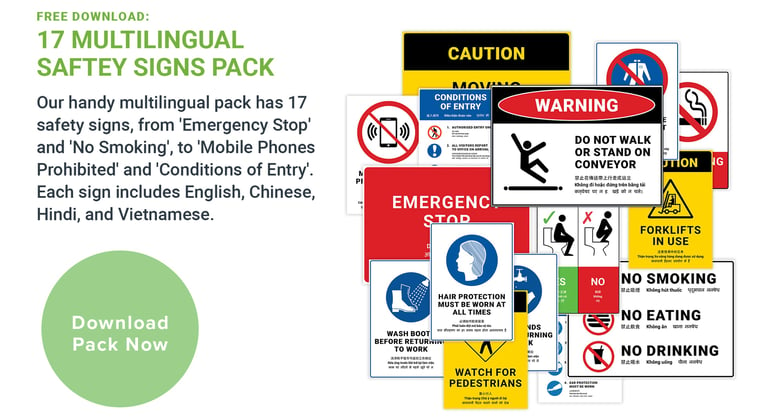Anyone working in the food industry needs to be aware of HACCP, and know what it means. We’re addressing the three most frequently asked questions about the certification process: What is HACCP, why is it important and what are the seven principles?
What is HACCP
To understand the certification process it’s important to start off with the HACCP definition. The acronym stands for “hazard analysis and critical control points”, and it represents a preventative approach to food safety. It’s a management system that addresses food safety through the analysis and control of biological, chemical, and physical hazards from raw material production, procurement and handling – right through to the manufacturing, distribution and consumption of the finished product.
Why is HACCP important?
HACCP is vitally important in upholding food safety standards. From a health standpoint, widespread HACCP training offers reassurance to the public that food safety is taken seriously and is well managed through a systematic quality assurance approach. By thoroughly analysing hazards and where they can occur, procedures can be implemented that minimise the risk of failure. Critical control points can be appropriately managed by staff, and effective sub-systems like pest control, recall protocols, hygiene and sanitation can be implemented.
What are the seven HACCP principles?
HACCP is based on seven principles:
- Conduct a hazard analysis
Evaluate your processes to identify where hazards can be introduced. These can be physical, chemical or biological.
- Identify the critical control points
Think about where controls in your process can be applied, to eliminate the hazards you have identified.
- Establish critical limits
Establish a maximum or minimum limit for temperature, time, pH, salt level, chlorine level etc that controls the hazard: how can you meet that control point?
- Establish monitoring procedures
What will you measure and how will you measure it? Monitoring the control point is a critical component of the HACCP program.
- Establish corrective actions
What actions will taken if the critical limit is not met? These must ensure that no unsafe product is released, and the cause needs to be eliminated to prevent future reoccurrance.
- Establish record keeping procedures
Your records will need to show that critical limits have been met and the system is in control: addressing all regulatory requirements.
- Establish verification procedures
Your HACCP plan must be validated, to ensure that it is effectively addressing all potential hazards. Testing and ongoing verification are vital.
As food industry players it is absolutely vital to be aware of the HACCP system and understand what it means for you and your business. We have addressed several of the most common questions about HACCP in order to encourage further research and investigation.




